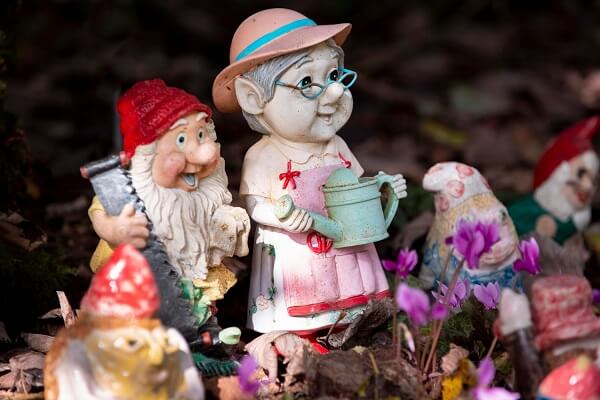Diversification is crucial for any successful investment strategy. Spreading your investments across different asset classes can reduce your overall risk and potentially maximize your returns.
While traditional asset classes like stocks, bonds, and real estate are common choices for diversification, collectibles like art, rare coins, and vintage wine can also be valuable additions to your portfolio.
In this article, you’ll explore why diversifying your portfolio with collectibles is smart and provide some tips for getting started. If you want to learn more about collectible investing, you can refer to this comprehensive guide from reliable sources like Masterworks.
Why Invest in Collectibles?
Investing in collectibles can offer several advantages over traditional asset classes. For one, collectibles often have a low correlation with the stock market, meaning their value may not be affected by the same market forces that impact other investments.
This can help reduce your overall portfolio risk and potentially provide a hedge against economic downturns.
Additionally, collectibles can offer the potential for high returns, mainly if you invest in rare or highly sought-after items. For example, rare art pieces, vintage cars, and fine wines have all seen significant appreciation in value over the years.
However, it’s important to note that the collectibles market can also be volatile, and prices can fluctuate based on a variety of factors, such as market demand, rarity, and condition.
How to Get Started

If you’re interested in diversifying your portfolio with collectibles, keep a few things in mind.
First, it’s essential to do your research and understand the market for the type of collectible you’re interested in. You can refer to resources like market reports, price guides, and online forums to better understand current market trends and pricing.
Next, consider working with a reputable dealer or broker specializing in the type of collectible you’re interested in. They can help you source high-quality items, navigate the buying process, and provide expert advice on market trends and potential investments.
Another essential consideration is storage and maintenance. Collectibles require special care and handling to maintain their value and condition, so investing in proper storage and maintenance equipment is essential. This can include things like temperature-controlled environments, specialized display cases, and regular cleaning and maintenance.
Finally, consider investing in collectibles as part of a diversified portfolio rather than as your sole investment strategy. By combining collectibles with other asset classes, you can create a balanced portfolio with the potential for high returns while minimizing overall risk.
Investing in collectibles requires careful consideration and research to make informed decisions and minimize risk.
Before investing in collectibles, there are several factors you should take into account. These can include the current market trends, the rarity and condition of the item, the potential for appreciation, and the costs associated with storage and maintenance.
By considering these factors and seeking expert advice, you can make intelligent investment decisions and build a diversified portfolio that includes collectibles.
Final Thoughts
Diversifying your portfolio with collectibles can be smart, but it’s crucial to approach it cautiously and research.
By understanding the market, working with reputable dealers or brokers, investing in proper storage and maintenance, and combining collectibles with other asset classes, you can create a well-rounded portfolio with the potential for high returns and minimized risk.




































